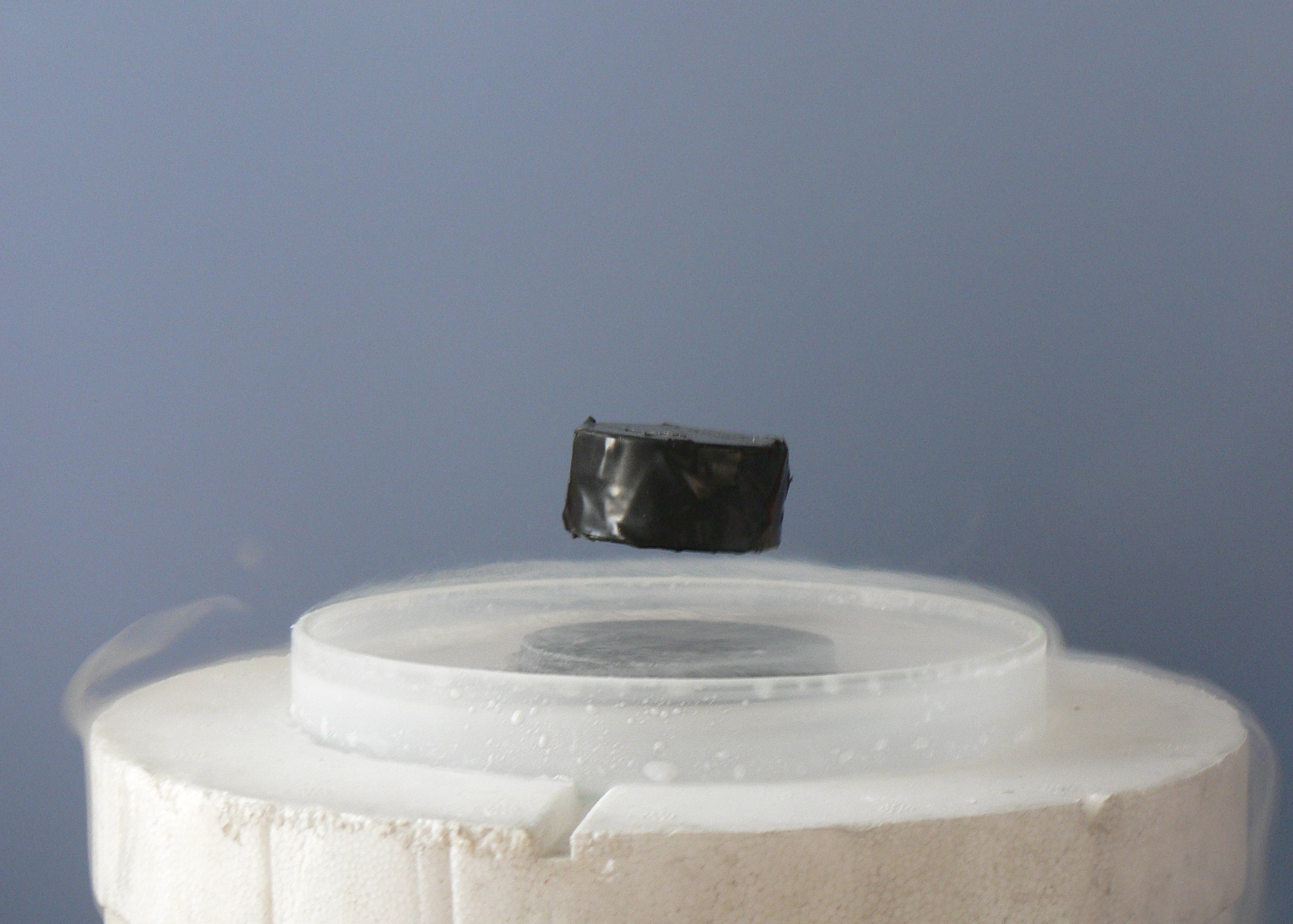
Photo from academic.microsoft.com
The discovery of polar metals, bulk band conductors which combine broken inversion symmetry and metallic conductivity, has disrupted the long-standing assumption that polar order and metallicity are incompatible. Despite recent… Click to show full abstract
The discovery of polar metals, bulk band conductors which combine broken inversion symmetry and metallic conductivity, has disrupted the long-standing assumption that polar order and metallicity are incompatible. Despite recent progress, however, the circumstances which allow for this property convergence remain ambiguous. Here, we perform a first-principles analysis of the evolution in the polar distortions in perovskite ${\mathrm{BaTiO}}_{3}$ under electrostatic doping to ascertain the dependencies of acentricity and electrical conductivity at the microscopic level. We focus on the role of local off-centering displacements, driven by the second-order Jahn-Teller effect, rather than discussing bulk homogeneous and cooperative lifting of inversion symmetry, which relies on long-range Coulombic interactions. We show that $n$-type doping disrupts the Ti-O covalent bond and advocate for using chemical bonding arguments as a framework for understanding the interplay between local distortions and free charge carriers rather than solely principles of dielectric screening in metals. In the process, we develop several tools and electronic descriptors that we expect could enable a more direct comparison between the behavior of doped ferroelectrics, such as ${\mathrm{BaTiO}}_{3}$, and polar metals, such as ${\mathrm{LiOsO}}_{3}$, helping us to better understand their similarities and differences under external perturbation.
Journal Title: Physical Review B
Year Published: 2020
Link to full text (if available)
Share on Social Media: Sign Up to like & get
recommendations!